It’s been more than a month since the SolarWinds breach first started dominating security headlines, and we’re still learning new details about the attacks and the organizations affected. Even as the discussion quiets down, it’s easy to imagine we’ll still be looking back and analyzing the full effects of these incidents in much the same way we talk about other seminal breaches and security events from the past 20 years.
You might be thinking: another “what-we-learned” piece on the SolarWinds stuff? Well, I wear the CMO hat at Netskope, so I’m of course always interested in how we position and discuss these things. But my longer history is as a CISO and Chief Strategy Officer. I want to look at how to manage risk, sure, but also how to cut through all the hype and chatter and speculation and get to real advice that we can apply—today—based on what we have learned.
Based on many conversations with leaders in the security community over the last few weeks, here are what I think are three of the most practical lessons.
Lesson: There is more empathy and support among security pros than we realized. Let’s use that.
Security professionals, CISO or otherwise, tend to have each other’s backs. No one wants to be in the position that professionals at FireEye, SolarWinds, or anyone else involved found themselves. And with notable exceptions–come on, folks, your barely-disguised exploitative marketing is obvious!—security vendors and influencers did not pile on, instead expressing solidarity and wanting to see how we, as a community, can do better as a result of what we’ve learned from the mess.
These past few years have been a divisive time, all over the world. We talk about unity, we talk about wanting to do better as far as public-private industry cooperation in security, we talk about threat intelligence sharing, we talk about being good citizens…we talk. If there’s to be any silver lining in what happened with SolarWinds, perhaps it will be that it inspired us to actually collaborate on the things that have to get done, not just forming more threat info sharing committees or pushing a technology agenda. SolarWinds is a wake-up call that we are not anywhere close to “there” yet as far as security controls, but we have the right people committed to the right outcomes.
Lesson: We found out what we really mean by “visibility and control.”
Those two words…man, we love them, don’t we? “See everything, take action on it immediately”? Sounds great in marketing, but is too often theoretical, if not misleading.
We need an airtight understanding of what’s going on in our networks, with our data, with the people accessing it, in the entirety of our environment and extended ecosystem. Jamil Farshchi, the CISO at Equifax, recently described supply chain security as “relying on point-in-time, low-assurance questionnaires, and on-site visits, or MSA legalese.” As he explained in a LinkedIn post, “It just doesn’t work.” Supply chain security is one of hundreds of aspects of full visibility and control over your ecosystem, of course, but the logic Jamil described applies in many cases. We’re just not able to get a handle on what’s happening without committing to the broadest and deepest visibility and the real-time ability to address anomalies in what we’re seeing.
The technology is there now to do that, even in highly distributed, cloud-first environments. Not enough of us are using it yet. When we are, we can offer the kind of transparency Jamil describes from Equifax: “That’s why we’ve decided to give our customers real-time visibility into the operating effectiveness of our cloud security controls—products, services, and supporting infrastructure—just like I wish our suppliers would do for us.” That’s a call-to-action we should all get behind.
Lesson: We won’t get to where we need to be without continuous risk management.
As organizations continue to embrace cloud, the old ways of thinking about data protection are no longer productive. DLP as many of us think of it comes from the pre-cloud era of security and is still rooted in the idea that the “goods” are in a data center, protected by a perimeter, and we can prevent data from leaking “out” in authorized ways, all while stopping others from getting “in.”
Data protection in the cloud era is ultimately about context; we allow or disable access to it based on the deepest and most granular possible understanding of who the user is, what the user is trying to do, and why the user is trying to do it. If we can enable conditional access controls to be defined based on the context of users, apps, devices, and data, we create continuous risk management, not rely on an incomplete or outdated picture of our environment.
How are you planning to achieve continuous risk management? Connect with me on LinkedIn and let’s talk about how we do this better.




 Zurück
Zurück
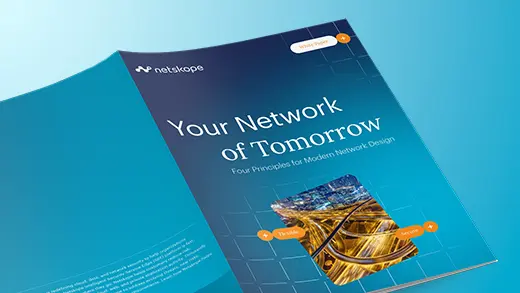

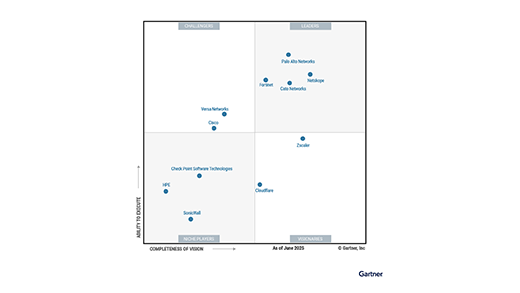
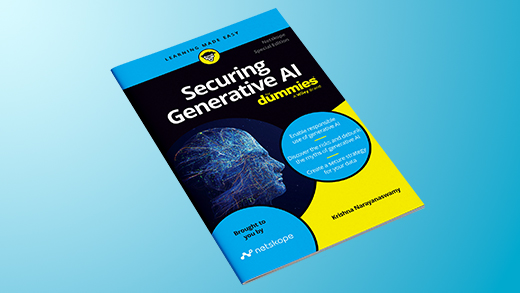

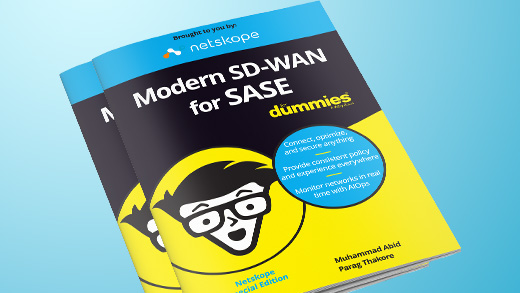

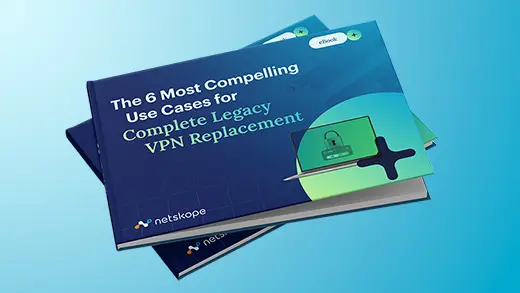

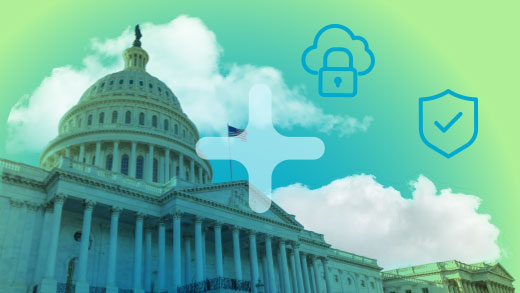






 Den Blog lesen
Den Blog lesen